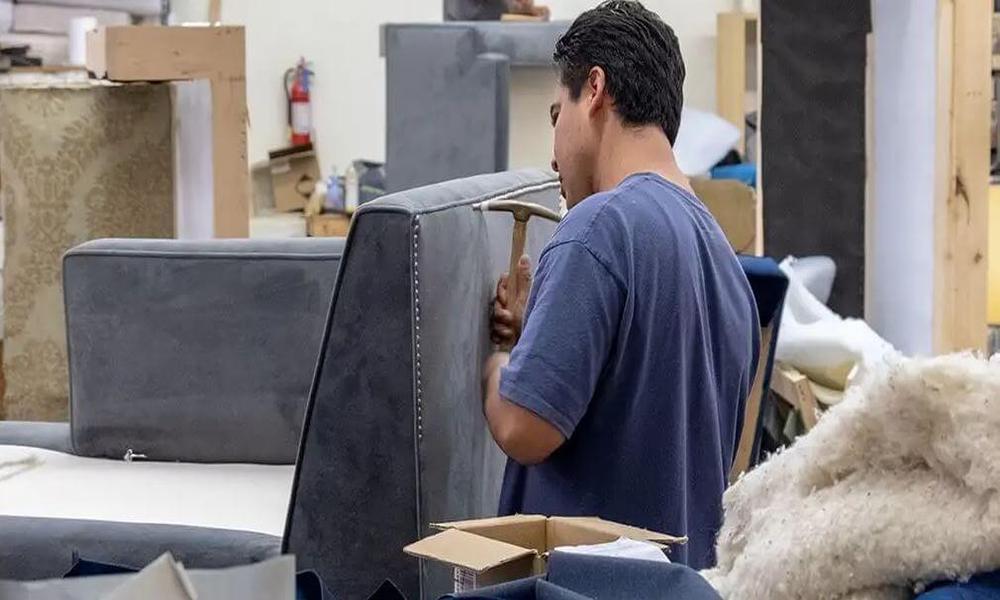Foam filling is a process that involves injecting foam into a cavity to fill it up. The foam can be made of various materials, including polyurethane, polystyrene, or even latex. Foam filling is a popular technique for insulation, soundproofing, and cushioning. The foam is injected through small holes drilled into the cavity, and it expands to fill the entire space.
One of the most significant advantages of foam filling is its ability to fill irregularly shaped cavities. It can also be used to fill spaces in walls, floors, and roofs that would be difficult to insulate with traditional materials. Foam filling is also an effective way to reduce noise levels in buildings.
Foam filling works by injecting the foam into the cavity under pressure. The foam then expands to fill the entire space, creating a seal. As the foam expands, it adheres to the surrounding surfaces, creating a strong bond. Once the foam has cured, it is cut to the desired shape and size.
Foam filling can be used for a variety of applications, including:
- Insulation: Foam filling is an excellent way to insulate walls, floors, and roofs. It can help to reduce energy costs by preventing heat loss.
- Soundproofing: Foam filling can also be used to reduce noise levels in buildings. It can be injected into walls and floors to create a sound barrier.
- Cushioning: Foam filling is often used to cushion products during shipping. It can also be used to create comfortable seating.
What are the advantages to use foam Filling?
Foam filling has many benefits, including:
- Energy efficiency: Foam filling can help to reduce energy costs by preventing heat loss. It is an effective way to insulate buildings.
- Soundproofing: Foam filling can help to reduce noise levels in buildings. It can be injected into walls and floors to create a sound barrier.
- Versatility: Foam filling can be used for a variety of applications, including insulation, soundproofing, and cushioning.
- Durability: Foam filling creates a strong bond with the surrounding surfaces, creating a durable seal.
- Cost-effective: Foam filling is often more cost effective than traditional insulation materials.
Foam Filling: How to Choose the Right Type?
When choosing the right type of foam filling, there are several factors to consider, including:
- Type of foam: There are several types of foam to choose from, including polyurethane, polystyrene, and latex. Each type has its advantages and disadvantages.
- Density: Foam density is an important factor to consider. The density will affect the foam’s durability and insulation properties.
- R-value: The R-value is a measure of the foam’s insulation properties. The higher the R-value, the better the insulation.
- Fire resistance: If you are using foam filling for insulation, it is essential to consider the foam’s fire resistance properties.
- Installation method: Foam filling can be installed through small holes drilled into the cavity or sprayed into the space. The installation method will depend on the application.

